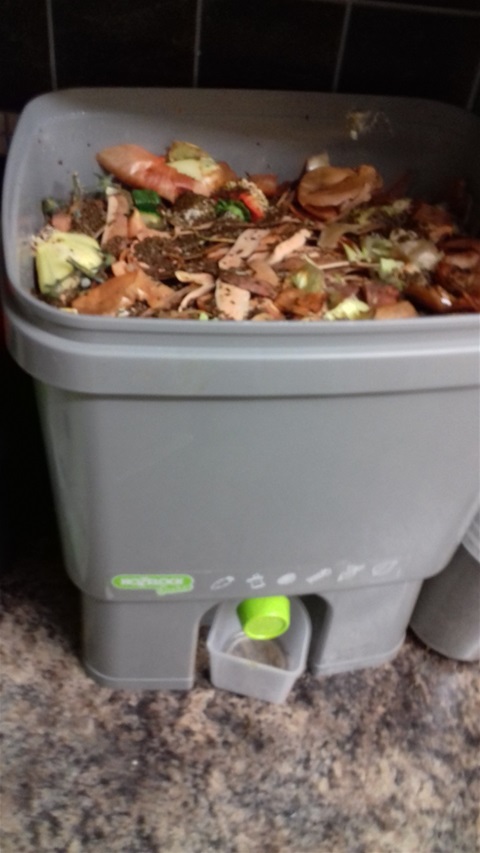Badgers can do considerable damage to a garden and lawn gaining access to the garden through gaps the hedge or by digging under fences . they are creatures of habit and once a garden is on the route, they will visit it regularly. They
are protected by law in the UK and it is it illegal to trap, harm or kill a badger, or to interfere with its sett.
Badgers can be attracted to the contents of a compost heap or bin as it provides a good source of food particularly if it contains
cooked food, meat or dairy products but the uncooked vegetable and fruit will also provide a good source of nourishment along with all juicy composting worms.
While it is a good idea not to add meat, fats or dairy products to a bin not designed
to compost cooked food waste it is advisable to cover any edible kitchen waste in the compost with dry leaves or soil, although this is not very effective at masking the smell.
Badger deterrents
Infrared triggered
LED lights can also be effective at least until the badgers get used to them.
Other suggested deterrents include smelly oils it is said, and it is believed that they are disliked by badgers.
- Olbas Oil contains
eucalyptus oil, menthol, cajuput oil, clove oil, juniper berry oil, wintergreen oil and mint oil.
- Citronella oil
- Scotch bonnet peppers Chopped and crushed scattered on the ground
- human (male) urine deters them. The urine
can be diluted and sprayed round the bin or plot every 4 weeks
- A Smelly Washing Line at badger height round the area from which cloths impregnated with the smell oils ae hung is suggested by http://badgerland.co.uk/deter/chemical_deterrent.html
- Lion manure is also suggested
Compost heaps
Once in the garden there is usually nothing to prevent the badgers gaining access w to a compost heap or pile and help themselves to the fruit, vegetables,
and worms. The simple answer is to replace the heap with a bin but if a pile is preferred in order to keep the badgers out it will be necessary to build a fence, at least 120cm high round the pile with the protected are large enough to allow for
turning the heap. The fence needs to be wooden or a heavy wire, buried at least 60cm deep with an extension of at least 30cm under the ground to prevent the animals digging into the protected area.
Compost bins
Compost bins are easier to seal against invading badgers than open heaps. Surrounding the bin with paving slabs or large stones can offer a deterrent to a badger gaining access from below
Dalek style plastic bin.
Plastic bases are available for the most frequently supplied bin available through Council subsidized schemes or thick wire mesh can be fitted across the base. Those bins designed to take cooked food will include an integral base.
If
the bin is supplied with a sliding hatch this can be secured shut with a single screw. The common clip-in hatches can be protected by either weldmesh rigidly fixed in place. If the lid is easily opened it will need securing. Badgers on my
plot have tried to chew the secure lid of a Green Johanna but failed to gain entry
Tumbler Bins
Tumblers mounted on a frame off the ground should be relatively safe although the smaller lighter models are best pegged
to the ground as they may be knocked over if only partly filled. Metal bins are more resistance to badgers than plastic.
Wooden bins. A Wooden lid offers better protection than a tarpaulin or plastic sheet cover. Mounting the bin on
slabs or fitting wire mesh across the base can restrict entry and, depending on the quality of the wood, the sides may need protecting with wire mesh (weld mesh). This should be sealed round all the edges of it can be mounted on a removable
frame to fit the sides of the bin and screwed in place so that it can be removed to provide easy access to the bin.
